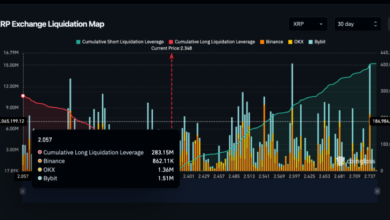AI Time Tracking Revolutionizing Workforce Efficiency

Introduction to AI Time Tracking
AI time tracking is reshaping how businesses manage their workforce, bringing automation and efficiency to the traditional process of monitoring employee hours. Time tracking has always been crucial for ensuring productivity, payroll accuracy, and regulatory compliance. However, manual systems often resulted in errors and inefficiencies. AI-driven solutions offer a smarter approach, automating tasks such as tracking time, analyzing productivity, and providing actionable insights into employee performance. These systems leverage machine learning algorithms to adapt over time, becoming more accurate and insightful. Businesses of all sizes are now embracing AI to streamline their time tracking systems and boost overall productivity.
How AI Time Tracking Works
At its core, ai time tracking uses algorithms to automatically track the time employees spend on tasks throughout their day. These systems integrate seamlessly with digital tools such as project management software, email platforms, and even communication channels like Slack or Microsoft Teams. By analyzing activity patterns, AI can determine when employees are actively working versus when they are idle. Some systems go further by recording the time spent on specific projects or tasks, providing detailed reports that managers can use to assess efficiency. Machine learning ensures the system continually improves, becoming more accurate and reducing the need for manual inputs from employees.
Benefits of AI Time Tracking for Employers
For employers, AI time tracking offers numerous benefits. One of the key advantages is the automation of administrative tasks. Managers no longer have to manually track hours or worry about errors in time reports. With AI, businesses can save time and money, allowing managers to focus on strategic activities rather than administrative work. Moreover, AI systems provide real-time data, enabling managers to monitor performance and productivity on a day-to-day basis. These insights help employers identify areas where employees may need support or additional training, ultimately improving overall efficiency and driving business growth. Additionally, AI time tracking ensures compliance with labor laws, reducing the risk of penalties due to missed regulations or inaccurate time records.
Impact on Employee Productivity and Engagement
AI time tracking has a profound impact on employee productivity and engagement. With accurate and automated tracking, employees no longer need to worry about manually logging their hours, allowing them to focus entirely on their work. This leads to improved morale and job satisfaction, as workers spend less time on administrative tasks. Furthermore, AI can identify patterns in an employee’s work habits, offering personalized recommendations for boosting productivity. For example, AI systems can suggest optimal times for taking breaks or recommend a change in workflow to enhance focus. This level of personalized support promotes employee well-being and fosters a more engaged workforce.
Privacy Concerns and Ethical Considerations
While AI time tracking offers clear benefits, it also raises concerns regarding employee privacy and data security. Some workers may feel uneasy about constant surveillance or the collection of sensitive data such as location and work habits. It is essential for employers to address these concerns transparently by ensuring that data collected is used solely for work-related purposes and complies with privacy regulations. Additionally, businesses should make efforts to implement ethical practices when using AI to track employees, such as informing workers about the tracking system, obtaining consent, and providing options to opt-out. Establishing a balance between efficiency and privacy will help companies fully leverage AI time tracking without alienating employees.





